HMS St Albans has returned to Plymouth following nearly 150 days of operations in the North Atlantic, Norwegian Sea, and Arctic Ocean, where she carried out submarine-hunting patrols and worked alongside NATO allies, say the Royal Navy.
Five hundred family members and friends welcomed the 200-strong ship’s company home as Plymouth Sound echoed to an 11-gun salute from the Type 23 frigate as she passed the Hoe. The deployment, which began in April, saw the vessel operate in what the Royal Navy described as some of the harshest and most demanding environments.
The frigate’s primary mission was to safeguard the UK’s nuclear deterrent and monitor submarine activity. The Royal Navy noted that HMS St Albans also supported surface operations, including shadowing Russian warships transiting near British waters. Earlier this year she tracked the Russian frigate Admiral Golovko through the Channel.
Central to her anti-submarine role was the embarked Merlin Mk2 helicopter from 814 Naval Air Squadron, based at RNAS Culdrose. Using sonobuoys and sonar, the helicopter flew nearly 170 hours on sorties, ranging from submarine-hunting patrols to transporting senior officials, including the Norwegian Defence Minister.
Sustained at sea by both UK and NATO auxiliaries, including RFA Tideforce, the frigate avoided unnecessary returns to port. She conducted ten Replenishments at Sea during her deployment, taking on fuel equivalent to 1¼ Olympic-size swimming pools. In total, HMS St Albans steamed nearly 30,000 nautical miles, roughly 1⅓ times around the globe.
To mark the ship’s return, Major General Rich Cantrill RM, UK Commander Maritime Operations, boarded HMS St Albans in Plymouth Sound to thank the crew in person for their contribution.
The Royal Navy said the deployment underlined the role of the Type 23 frigate as a dedicated submarine hunter and demonstrated the UK’s commitment to both national security and NATO operations across the North Atlantic and Arctic regions.


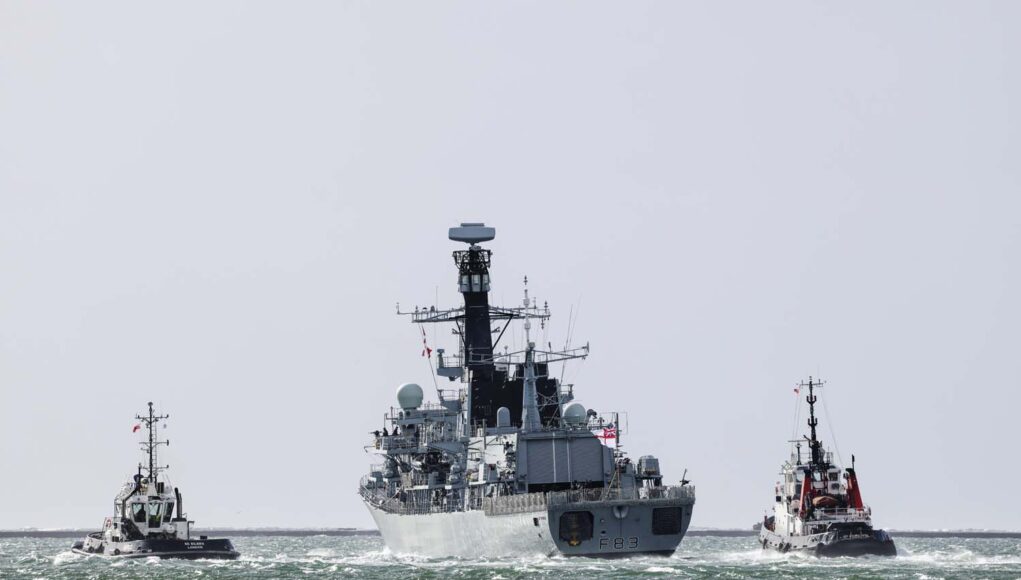

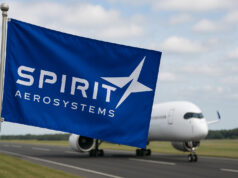

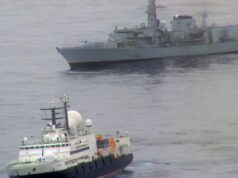
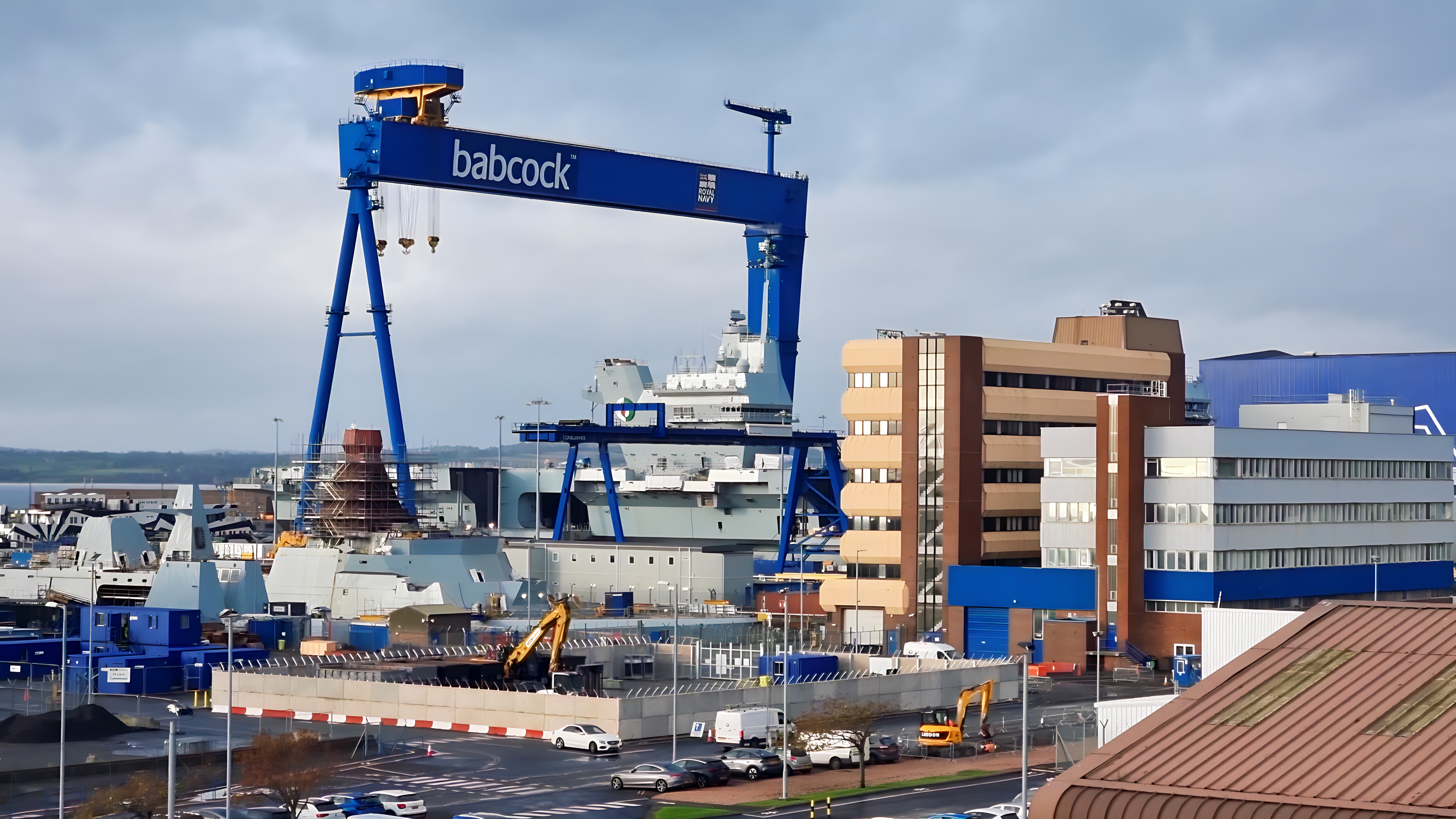
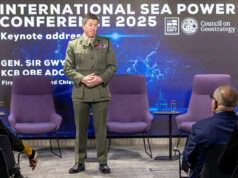



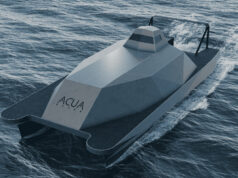

One of the best navy’s in the world at ASW, some thing we have always been good at. A recent re learning of the skill is very timely.
Partly because we developed ASW techniques originally and maintained that as our niche.
T23 was designed especially as a super quiet frigate with a tail and initially not much else.
One of the reasons that it does pay to specialise by having T23/6 and T45 which are specialist ships and therefore have laser focus on the specialism. Now we have T31 for the GP stuff and carry an extra VLS as well.
Evidently four Duke class FFGs (HMS Kent, Richmond, St. Albans Sutherland) have received/will receive the Power Generation and Machinery Control Upgrade (PGMU) mod, essentially the replacement of four diesel engines, generators, and associated, ancillary control equipment. Presumed inference to be drawn is that these vessels have the longest service life remaining? Two other members of the class are apparently on the investment bubble: HMS Portland and Somerset. Evidently, these 4-6 FFGs are programmed to perform all class roles and responsibilities for the RN, until sufficient T-26/T-31 vessel are commissioned? Dunno, just-in-time manufacturing may have reached a boundary condition…🤔😳😉
Er…four diesel generators…🙄
Hopefully they last.
It all has a very back street garage feel about it.
Total nightmare really and a horrendous waste of money they could have been spent on spare parts and weapons.
That’s interesting I knew some had been fitted with new engines to keep them going until the new frigates arrive by 2035 for the t26s.
If we can get the other 2 done then 6 might be just enough t23s to cover the gap.
Thanks for the info.
Very true back then we had find a way to counter subs, its a skill we have kept up with. No one ship is good at every thing true but our ASW are very good at it.
I wonder how many will be resigning after spending 6 months in the Arctic with little if any shore leave, the Norwegian Sea is just a day or two from the UK. There should be zero need for long deployments there.
Living with long deployments to the far east and the pacific is a fact of navy life that sailors don’t have to do very often but having boats basically in home waters have 6 month patrols seems like it’s just asking for people to leave.
Hats off to the sailors,
To be fair though Jim, Successive Governments have tried really hard to reduce the amount of sailors going to Sea.
But on the plus side, we do get plenty of Paddle practice up Shit Creek. !!!
Yes, I’m not sure if time at sea is as big an issue as being away for half a year at a time. If you’re in the navy you expect to be at sea and perhaps relish it. Sailing to the Indian Ocean is a big once or twice in a career adventure.
6 months trudging round the North Atlantic probably feels very different especially when the ship is so close to home.
Absolutely ridiculous.
I hope the crew was rotated?
The idea of six months of that kind of deployment is not good for recruitment.
If, and I hope they did, use Merlin to rotate matelots via the Tide then that would be good PR.
Optics are so vital!
Welcome home. St Alban probably has a better claim to be the national saint of England than St George.